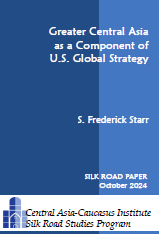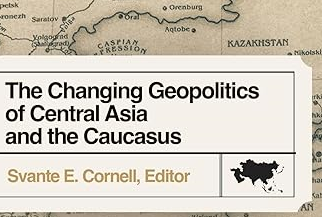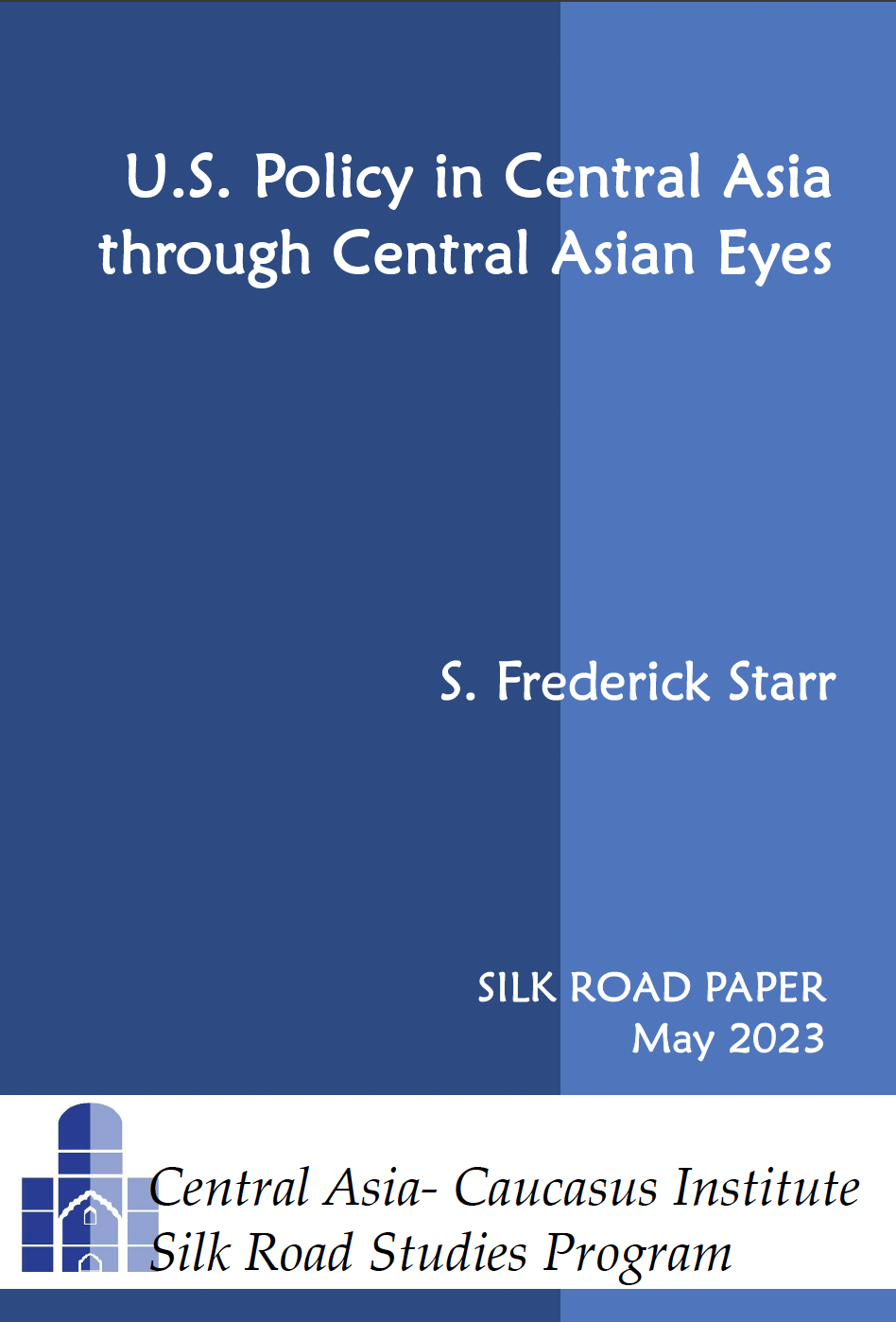BACKROUND: The original goal of creating the Commonwealth of Independent States (CIS) in late 1991 was to ensure the sovereignty of the individual republics. It is clear that the signatories of the CIS charter believed this goal could be accomplished without sacrificing what was referred to at the time as a 'unified economic space'. Soon after the dissolution of the USSR, however, events freed politicians of these illusions. The Soviet successor states very rapidly found themselves at odds with one another on a wide range of trade and security issues. The post-Soviet states moved toward the market at different speeds, and with differing emphasis, creating policy asymmetries and conflicts with their neighbors. Economic one-upmanship and provocative security measures emerged as the dominant themes of post-collapse inter-state relations in Eurasia. Among the smaller post-Soviet states, incentives for inter-state cooperation were frequently overwhelmed by self-interest and the desire to escape Russian domination. Meanwhile, Russia saw its interests as damaged by the disintegration of Soviet-era commercial relations and the loss of geo-strategic assets. Russia frequently fell back into the habit of trying to play its former role as the Eurasian 'center'. But even when Russia’s efforts genuinely may have been aimed primarily at restoring policy harmony, its behavior was interpreted by its neighbors as motivated more by Moscow’s nostalgia for empire than by a desire to restore cooperation.
Tied to an imperial past, Moscow politicians were less than successful in promoting regional economic cooperation. If the Russian politicians could not break from their past, however, other politicians could. Kazakhstan’s Nazarbaev had been an advocate of republican sovereignty but was also a proponent of maintaining a single economic space and was a key figure in the proposed Novoogarev agreement for a new Union Treaty in 1991 - the agreement that was short-circuited by the August 1991 coup attempt. Nazarbaev's intervention is deemed to have been important in preventing the formation of a 'Slavic Union' in December 1991, as he convinced the leaders of Belarus, Ukraine, and Russia to join with the leaders of other republics to form a broader, more inclusive commonwealth, the CIS.
Many of the arrangements that had been adopted with the creation of the Commonwealth of Independent States (CIS) were intended to coordinate monetary, customs, employment, tax, and investment policies. In May 1993 CIS countries adopted a declaration to establish an Economic Union and signed an Economic Union Treaty in September 1993. The goal was to foster a free trade area, reduce internal tariffs, create common external tariffs, and establish a system for payments and settlements. The treaty was buttressed by a series of impressive sounding but ultimately ineffectual subsidiary agreements on free trade (April 1994), payments (October 1994), and customs (January 1995), legal harmonization (January 1996), customs classification lists (February 1996), and railway tariffs (October 1996). In reality, the CIS agreements incorporated little in the way of effective sanctions and enforcement powers. The agreements expressed intentions, but did little to create working mechanisms.
IMPLICATIONS: The inability of Russian politicians to bring the goals of cooperation into practice energized others, including Nazarbaev, to champion a new framework - the 'Eurasian community'. When it became clear that the CIS customs arrangements were ineffectual, a tripartite customs agreement among Kazakhstan, Belarus and Russia in December 1995 was established. After Kyrgyzstan joined the group in December 1995, the union became widely known as the “Big Four Agreement.” Belarus, Kazakhstan, Kyrgyzstan and Russia adopted a separate Customs Union Agreement and a Treaty on Integration in March 1996. After Tajikistan joined in December 1998, the group became known as the “Big Five” agreement. At the beginning, this 'union' was nothing more than a pledge of the parties to observe the provisions of the CIS agreements that were already in place. The agreement was further formalized by yet another customs agreement adopted in February 1999.
The new Eurasian Economic Community agreement signed in the Kazakhstani capital Astana in October 2000 was based upon existing customs union agreements, but was designed as the logical next step in an incremental movement toward policy harmonization. The new EEC was seen as a step toward ASEAN- or NAFTA-style international policy agreements. The EEC is designed to function as a regional international organization, and will be recognized as such by the United Nations. While the EEC is not intended to limit the sovereignty of its member states, it does provide for the delegation to the EEC of some negotiating responsibilities within international organizations. The organization will be managed through an Inter-State Council, an Integration Committee, an Inter-Parliament Assembly, and a EEC Court. The EEC differs from its predecessors in the respect that it will have greater enforcement powers than the current customs union. A member state that refuses to abide by the EEC rules can be excluded from the union.
CONCLUSIONS: The EEC arrangements include a weighted voting and financing scheme. Russia will exercise forty percent of the voting rights and will be responsible for meeting forty percent of the organization’s operating expenses. Belarus and Kazakhstan each have twenty percent of the shares. Kyrgyzstan and Tajikistan each have ten percent. The EEC Charter specifies that a vote on major policy issues will require two-thirds agreement. The voting formula would thus imply that, on any given major policy issue, Russia would have to have at least two other states supporting it to win a vote. On the other hand, it also implies that Russia will exercise veto power on major policy issues.
AUTHOR BIO: Roza Zhalimbetova is a Senior Researcher of the Integration Committee of the Belarus, Kazakhstan, Kyrgyzstan, Russia, and Tajikistan. Gregory Gleason is a Fellow of the American Research Institute in Eurasia and teaches international politics at the University of New Mexico.
Copyright 2001 The Analyst All rights reserved




 Silk Road Paper S. Frederick Starr,
Silk Road Paper S. Frederick Starr,  Book Svante E. Cornell, ed., "
Book Svante E. Cornell, ed., "